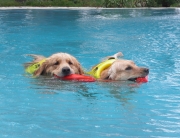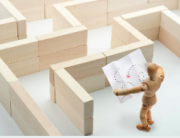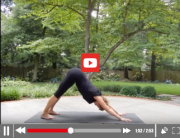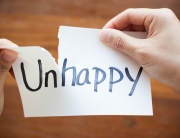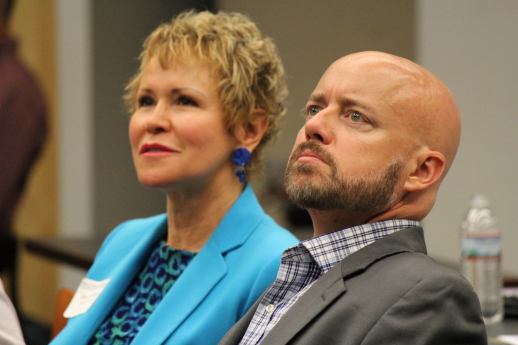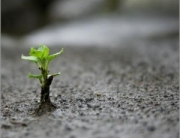Lily Tomlin was in Louisville recently and I got to enjoy firsthand an evening of her sharp insights and witty observations about the human condition. Pacing back and forth on the stage, recounting the myriad things she worries about, she suddenly said, “Have you heard of being in ‘the now?’ Well, what if being in the present moment is the worst possible place to be?”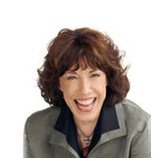
Her hilarious question was downright comforting, a welcome comic relief when it’s a real challenge to sit down and meditate, grounded in that present moment place where we can free ourselves from the worries of the future and the regrets of the past. And — not to put any pressure on — we proponents of mindfulness suggest that you can live fully in the present in everything you do, whether it’s jogging, cooking or eating!
Jack Kornfield, one of the most well-known meditation teachers in the West, recently suggested that these body-based practices we do, such as being aware of the breath, give us the ability to respond to our circumstances with a tremendous sense of inner power. He went on to say, “There’s a remarkable new field, the science of inner transformation. Within this field, there are already thousands of studies on mindfulness showing the capacity for transforming the brain and nervous system. Even a little bit of training can start to reorganize the nervous system, and that transformation is possible for everyone. Some choose to emphasize hatha yoga or martial arts while, for others, it’s walking in mountains. All of them become vehicles for awakening a sense of the sacred.”
We proponents of mindfulness suggest that you can live fully in the present in everything you do, whether it’s jogging, cooking or eating!
Add to that list of vehicles our Lily Tomlin-inspired ability to lighten up the journey along our sacred road. We so need this ability to go shallow, light and even frivolous — to give us the balance, strength and equanimity we need to encounter what is often waiting for us when we sit down to meditate — the “unfinished business” of life, tensions, grief or trauma, unspoken longing, unwept tears.
When the present moment truly is the worst possible place to be, what other ways — in addition to developing a sense of humor and perspective about our difficulties — can we work with our present moment fears, confusion and agitation?
Try this brief exercise, adapted from Jack Kornfield’s interview. You can walk yourself through the experience or let someone you trust facilitate you.
Get comfortable in a quiet, private place where you will not be interrupted. Close your eyes and begin to follow your breath. Begin to feel and note the sensations in the body. As you feel and notice the sensations in the body, also notice any feelings on an emotional level that are present. Don’t try to figure anything out or fix anything. Simply stay with your breath, the sensations in the body and any emotions that may come up. Open yourself to the following question: “What makes it so difficult to be present?” Stay curious as you stop and listen to what you’re actually feeling — whether it’s feeling the grief of a relationship or anxiety about the future or confusion about what to do. Continue to stay curious and compassionate and keep noticing what comes up in response to “What’s here that is hard to experience?” Don’t feel a need to rush to any conclusions or to take action right away. Stay open to any insights that may come, either right away or in the next few days.












